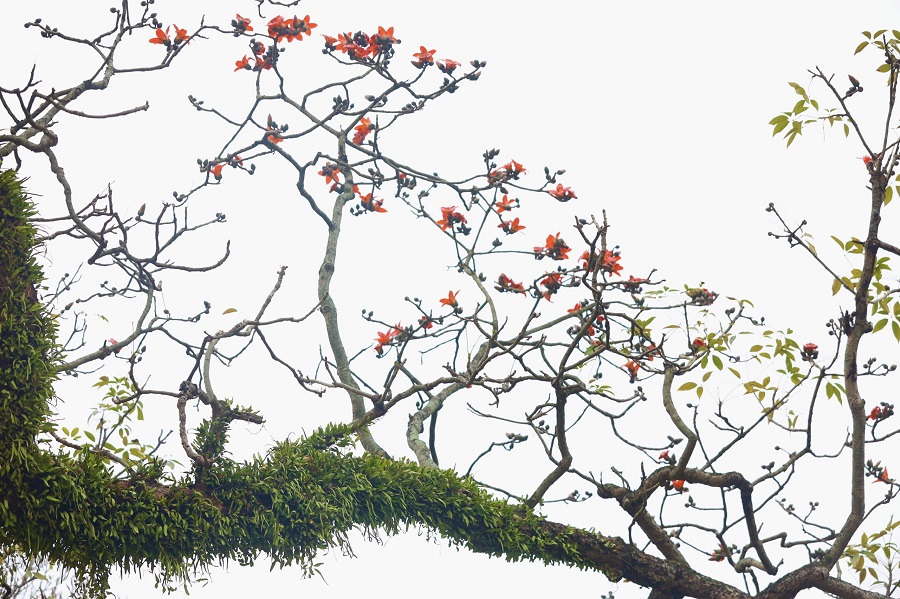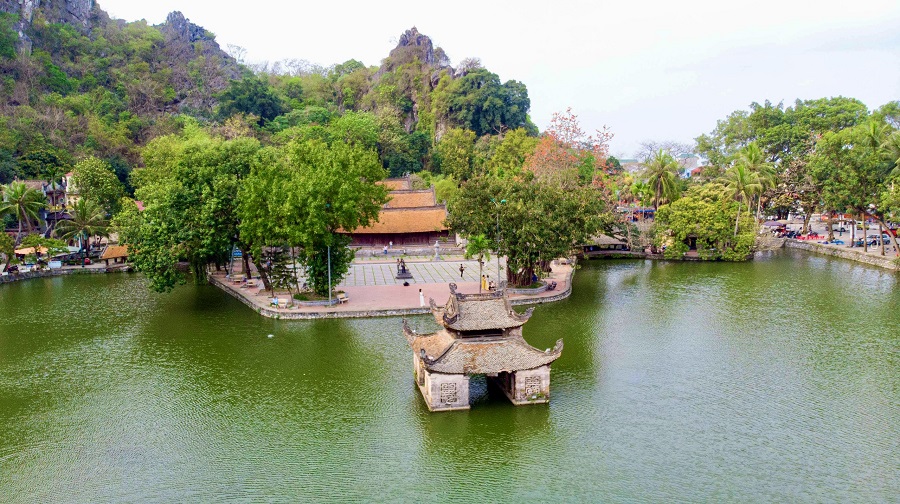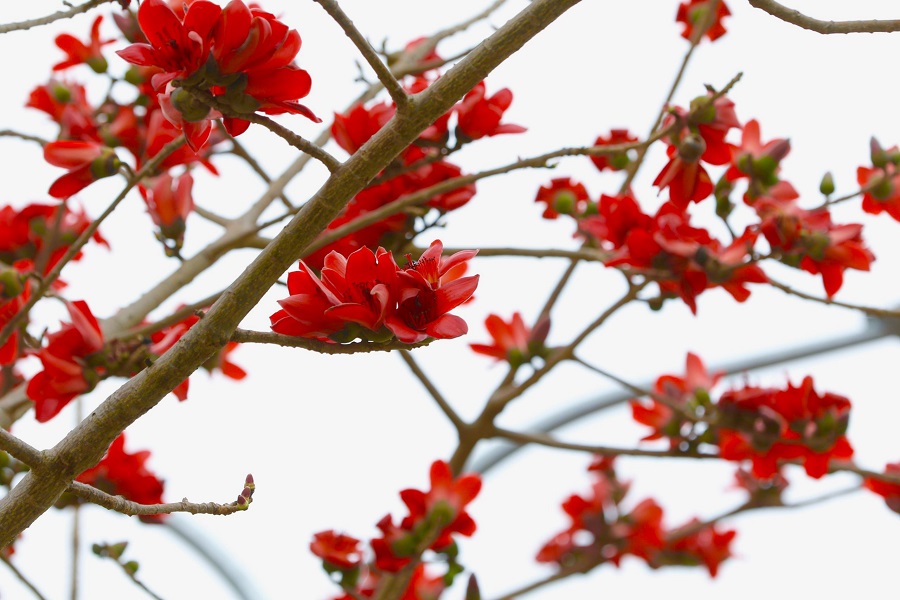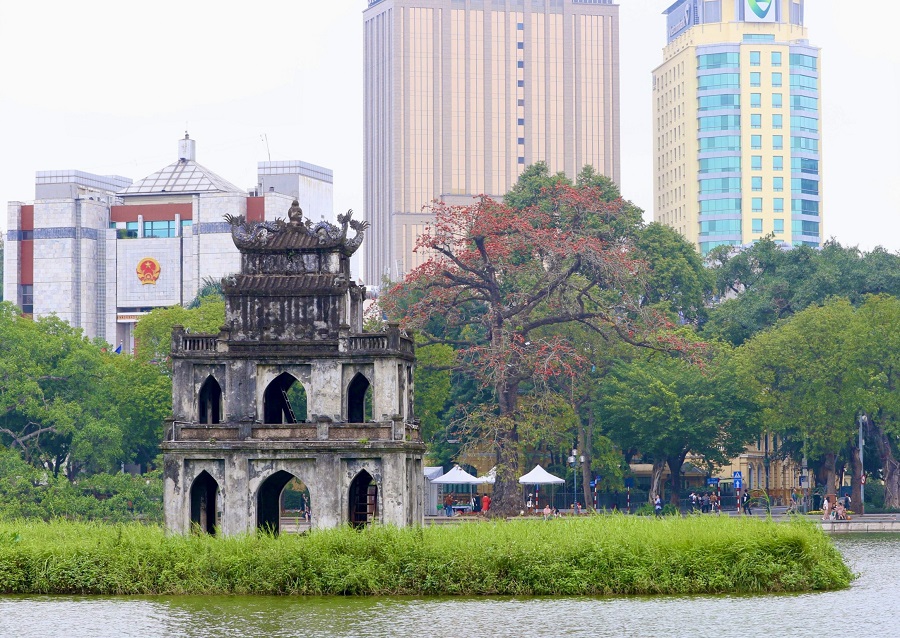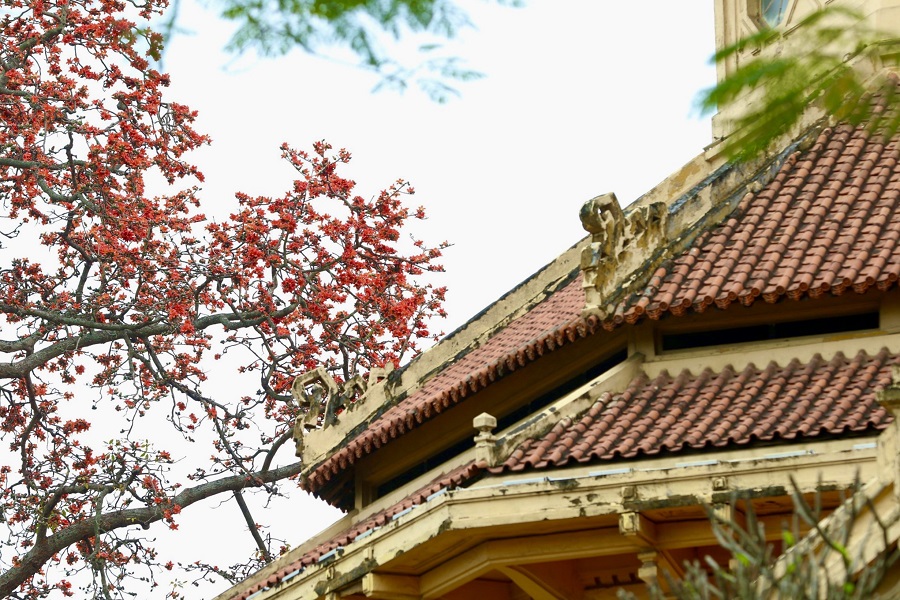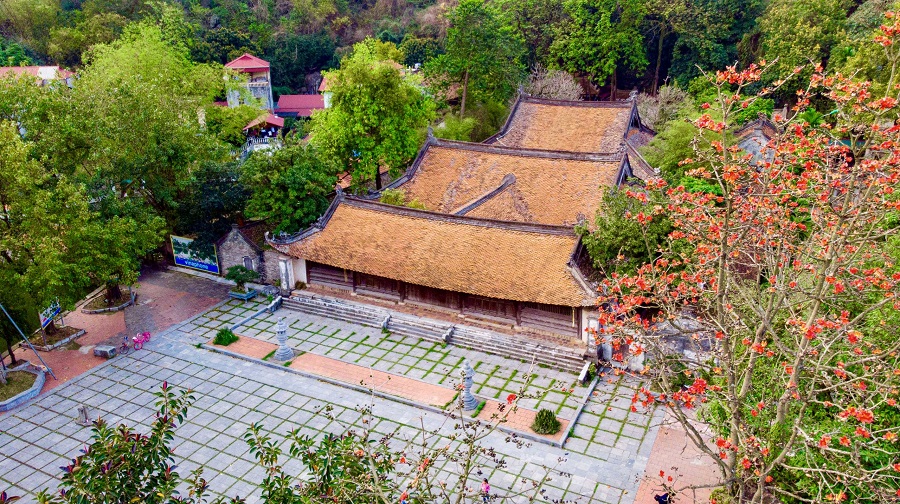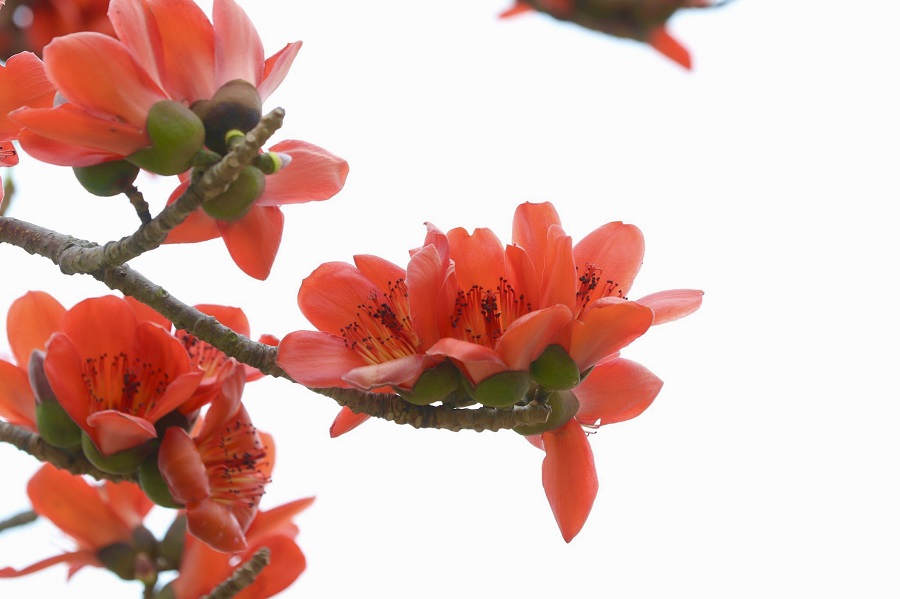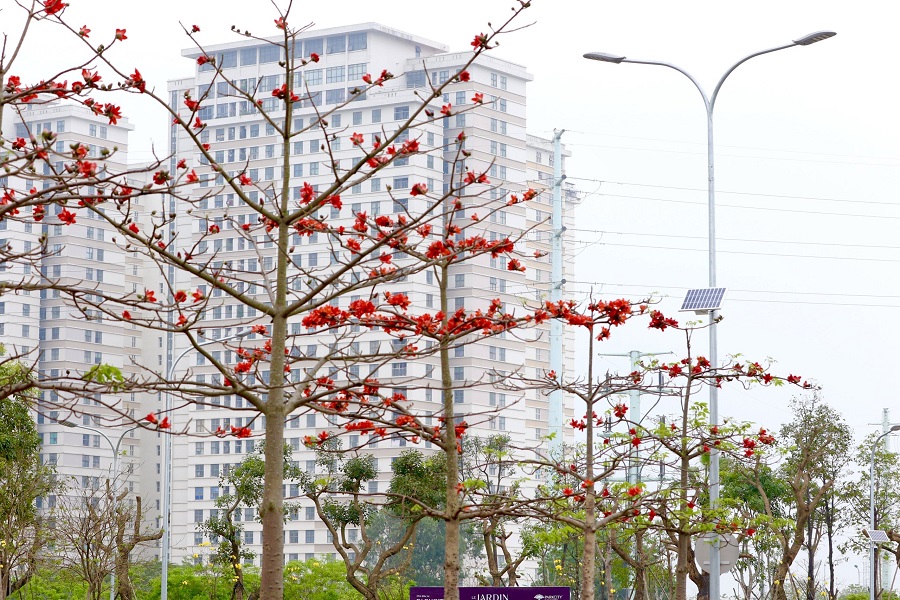City Guide
Bombax ceiba tree blooms in streets to herald Summer in Hanoi
With the fresh flowers blooming in all parts of Hanoi, Hanoians often remind each other that Summer is just around the corner.
March is the time for Hoa Gao or Bombax Ceiba, which literally means "rice flower" in Vietnamese.
|
| All the old leaves fall off, leaving the tree with only flowers. The trees now look like a burning torch with hundreds of red flames. |
|
The enchanting red color of the blooming flowers reminds Hanoians of their childhood. The quiet happiness of the old days when the street was still almost empty and modern high-rise buildings had not yet obscured the beauty of Bombax Ceiba. |
|
| Once a year at the end of March, the "rice flower" trees at Thay Pagoda in Sai Son Commune, Quoc Oai District, Hanoi, bloom, creating a unique beauty for the ancient Buddhist temple. |
|
The bright red color of the flower helps to dispel the gloomy weather of the late Spring days and lights a small fire of joy in the viewer. |
|
| From afar, visitors can admire the Hoa Gao tree on the shore of the iconic Sword Lake. The bright red color of the blossoms adds to the poetic scenery. |
|
| The famous Bombax ceiba tree in front of the Vietnam National History Museum in Hoan Kiem District, Hanoi, is said to be over a hundred years old. The dazzling beauty of its flowers captivates every visitor to this historic landmark. The museum even offers a customized tour for travelers to admire the beauty of the flowers in full bloom. |
|
| Bombax ceiba is widely planted in northern villages. The images of bright red silk cotton trees beside community houses, temples, pagodas, river embankments, and rice fields have become the inspiration for photographs, paintings, songs, and literature. |
|
| The flower, however, is also found in the central and southern regions with another name Hoa Po Lang or Po Lang flower, representing the beauty of girls in their twenties. |
|
| For those who have heard of this fantastic flaming red flower, visit Hanoi in March to see it with your own eyes. |

